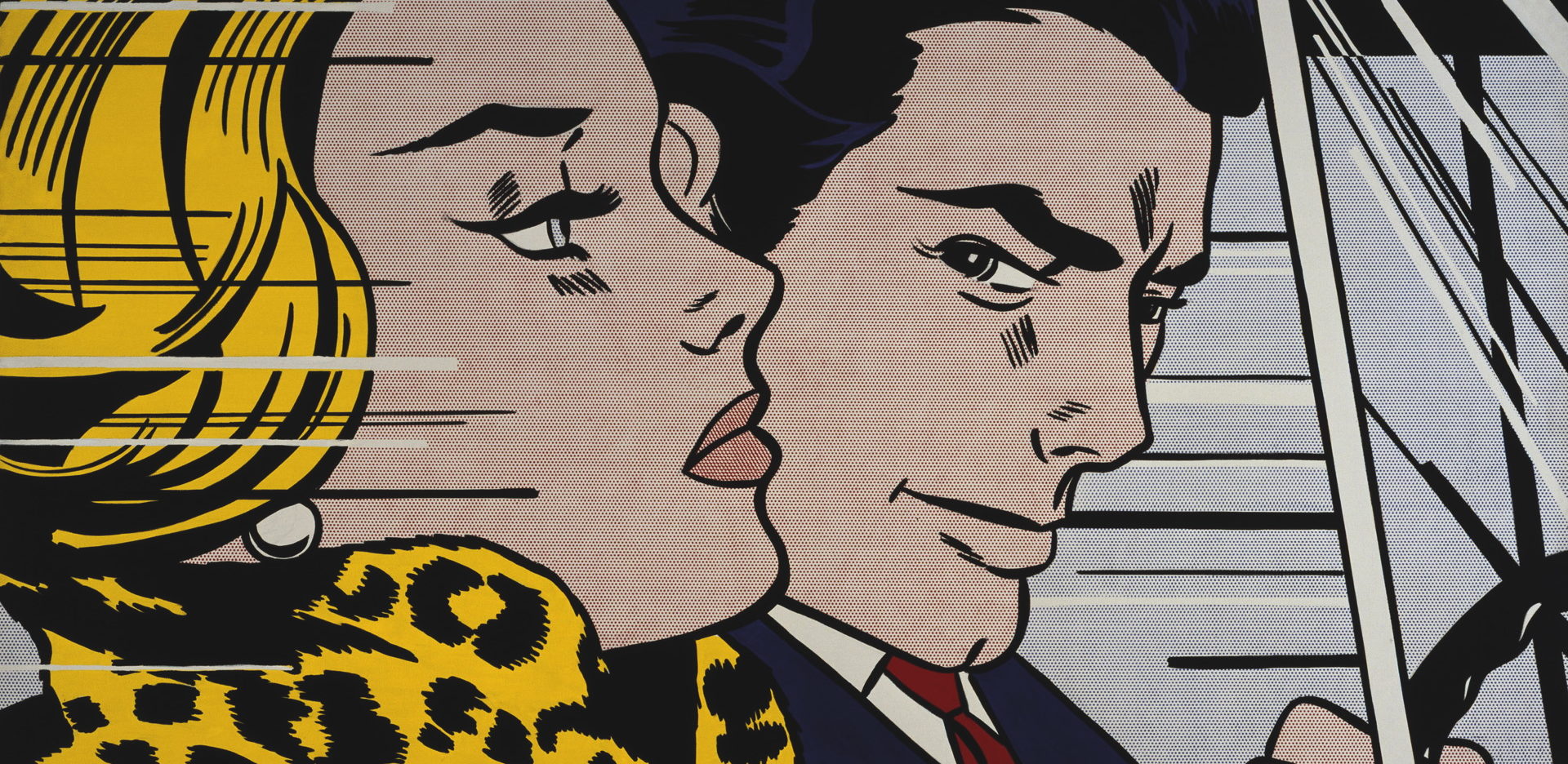Preview: Roy Lichtenstein in Focus
Roy Lichtenstein rocked the art world with his commercial Pop Art in the 1960s. Five decades on it still divides opinion
Like all great artists, Roy Lichtenstein polarises opinion. Banal and derivative to some, others see the American’s high-impact, stylised Pop Art as genius. Whichever side you take, his work is impossible to ignore.
The 1960s, when Lichtenstein rose to prominence, were tumultuous years for many. The impact of rock ‘n’ roll had helped charge the western world’s youth with energy, a sense of empowerment and ambition. Fuelled by an increase in disposable income, advertising, film, the art world and entertainment in general were swept along with a sense of post-war optimism and Lichtenstein’s art came to perfectly represent these changes. His hand-painted, large-scale recreations of frames from comic books rocked the established art world forever.
“He decided to elevate something that was accessible and low culture to high art status,” explains Darren Pih, exhibition curator at Tate Liverpool, which will shortly stage Artist Rooms: Roy Lichtenstein in Focus. “This was such a shift from the idea of an isolated artist, still traumatised by World War II and full of heaviness, and a real reaction to the white heat of technology and the youth-quake of the 1960s.”
Lichtenstein’s groundbreaking work was initially dismissed by art critics – one review of his debut solo show, staged in his native New York during 1962, declared: “Art galleries are being invaded by the pin-headed and contemptible style of gum chewers, bobby soxers and, worse, delinquents’. To a degree, this was the Pop Art movement’s raison d’être.
“In trying to find a link between art and the pervasiveness, the ubiquity of the new, brash, colourful style people were seeing around them, Lichtenstein decided to mimic the printed quality of comic books,” says Pih. “He wanted to take an image which was already abstracted from the everyday world and reduce it to hand-painted lines and dots, yet still keep it representative of the world around him. The work he made was incredibly accessible to people who’d previously never been near a gallery.”
Paintings such as In The Car (based on a frame from Girls’ Romance comic) and Wall Explosion II – widely viewed as an attempt to turn the horrors of the Vietnam War into a simplified work of beauty – epitomise this instantly recognisable technique and will be shown in Liverpool, demonstrating how Lichtenstein’s method of hand painting ultimately retains machine-like qualities.
“Lichtenstein’s work responded to both the political change of his time and the democratising that occurred in the media, and now we’re seeing that same comic book imagery becoming a regular part of advertising,” says Pih.
“You’ve only to look around to see the commercial world now paying homage to the Pop Artists – it’s as if everything has spun around 360 degrees.
“There will always be those who see his work as simple plagiarism – I don’t agree – or parody, which it is, of sorts. But that sense of parody carries with it such a feeling of both criticism and celebration and there’s no denying that Roy Lichtenstein’s work helped unlock the elite world of art for the masses.”
Artist Rooms: Roy Lichtenstein in Focus, is at Tate Liverpool until 17 June 2018

Leave a reply
Your email address will not be published.